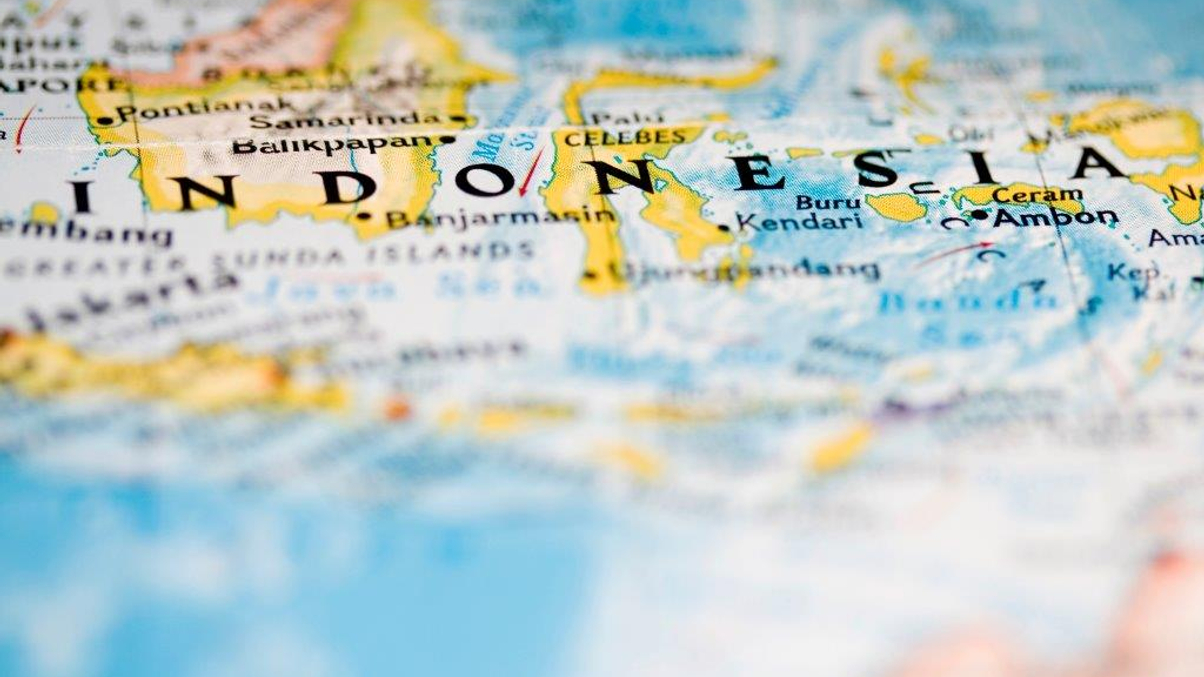Indonesian banks turn to rising affluent
Banks in Indonesia are realising the young, growing middle class is the key to building an onshore wealth management industry that is less reliant on Singapore.

Indonesian banks must target the country’s growing middle class if they are to build a sustainable onshore wealth management industry.
Sign In to Your Account
Access Exclusive AsianInvestor Content!
Please sign in to your subscription to unlock full access to our premium AI resources.
Free Registration & 7-Day Trial
Register now to enjoy a 7-day free trial—no registration fees required. Click the link to get started.
Note: This free trial is a one-time offer.
¬ Haymarket Media Limited. All rights reserved.


